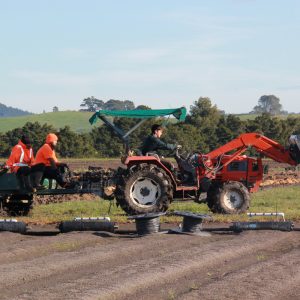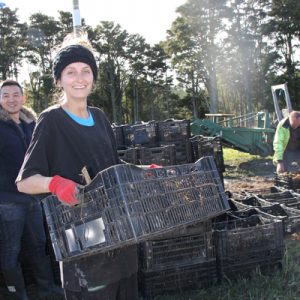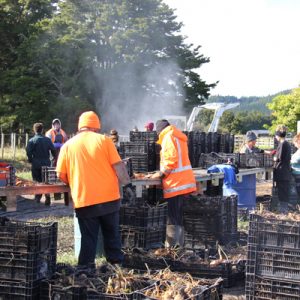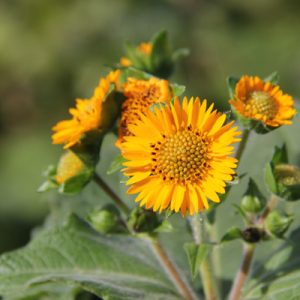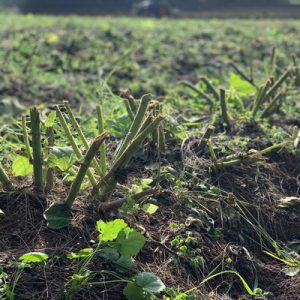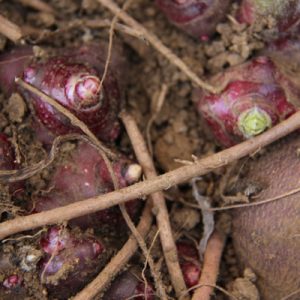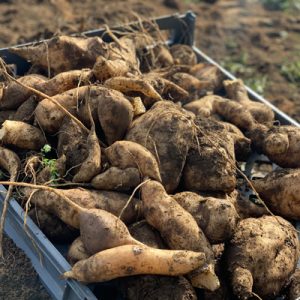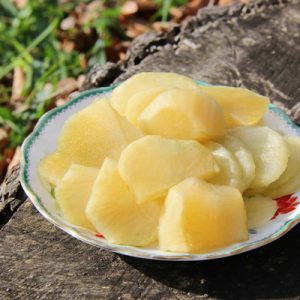新西兰原产
医用级别天然健康食品
经过反复的科学试验,新西兰生物化学家 Welch 博士开发出多项能够最大程度保留雪莲果 FOS 黄金双歧因子成分的种植与萃取的专利技术。FOS黄金双歧因子是世界卫生组织(WHO)工作组认可的最著名的益生元之一。雪莲果中富含的天然 FOS 益生元成分具有恢复肠道菌群微生态平衡、控制糖尿病、改善消化、改善心脑血管健康以及预防直结肠癌、控制体重的功效。
在植物学家 Douglas 博士的支持与帮助下,Welch 博士和他的科学家团队在分布在新西兰南北岛的十个试验种植地对早年引自南美洲的三个雪莲果品种进行栽培试验。经过十年的实践研究,他们解开了雪莲果的基因密码并找到了最适合在新西兰生长的雪莲果品种。该品种新鲜果肉的 FOS 值高达 16% 位居世界各品种前列。国际上为此品种命名为“新西兰雪莲果品种”。
新西兰雪莲果的种植取得了巨大成功,但 Welch 博士并没有停下他的科研探索。他的研究方向由种植栽培转向最大程度保留雪莲果中的天然 FOS 成分的果浆萃取技术。2012年,经过反复的改良试验,使用博士开发的技术萃取的雪莲果浆的白丽糖度达到 80°Bx,由于其萃取技术全程无需任何化学提纯,雪莲果中的天然抗氧化成分绿原酸 (Chlorogenic Acid) 以及生物类黄铜 (Bio Flavonoid) 得到完美保存,果浆中的天然益生元 FOS 含量更是占到其总碳水化合物的百分之 60,居世界先列。
产自新西兰的雪莲果浆可能是市场现有唯一的达到医用级别的天然益生元健康食品。

雪莲果的历史
-
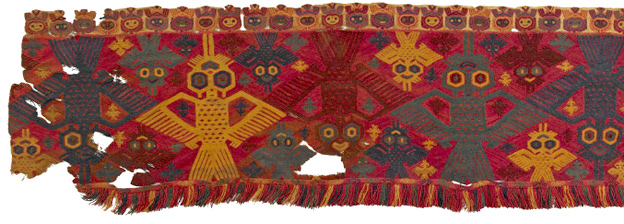
The First Representation of Yacon on Textile
Yacon’s history goes far back beyond the Incas. The first representations on textiles and ceramics have been found in an archaeological deposit of Nazca and date back to 500 -1200 A.C.
-
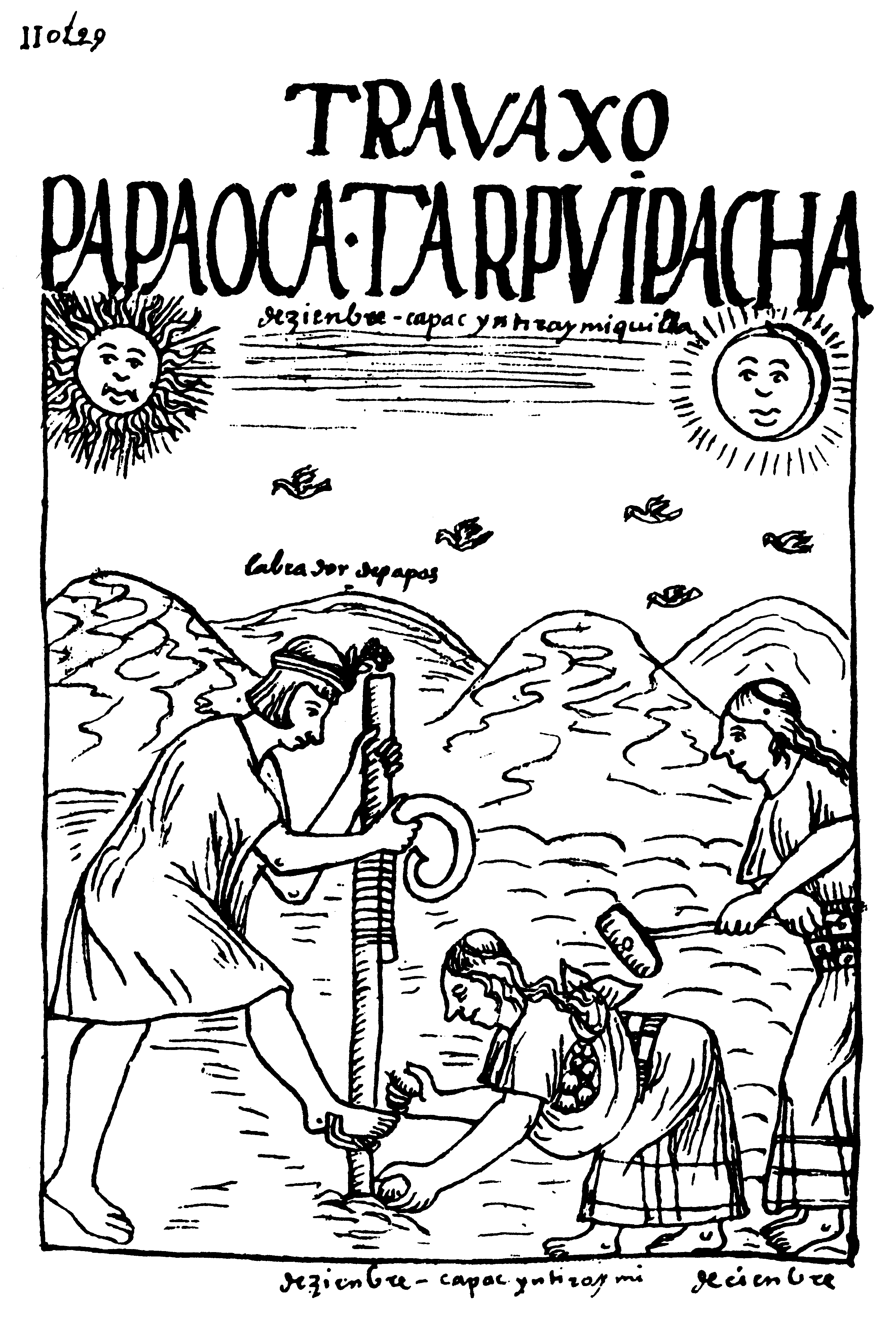
The First Written Record of Yacon
The first written record of the plant is from 1615 in a list of 55 native crops cultivated by the Andeans. One other early allusion is from 1653, describing yacon’s use as a fruit and its capacity to withstand several days of transport by sea.
-
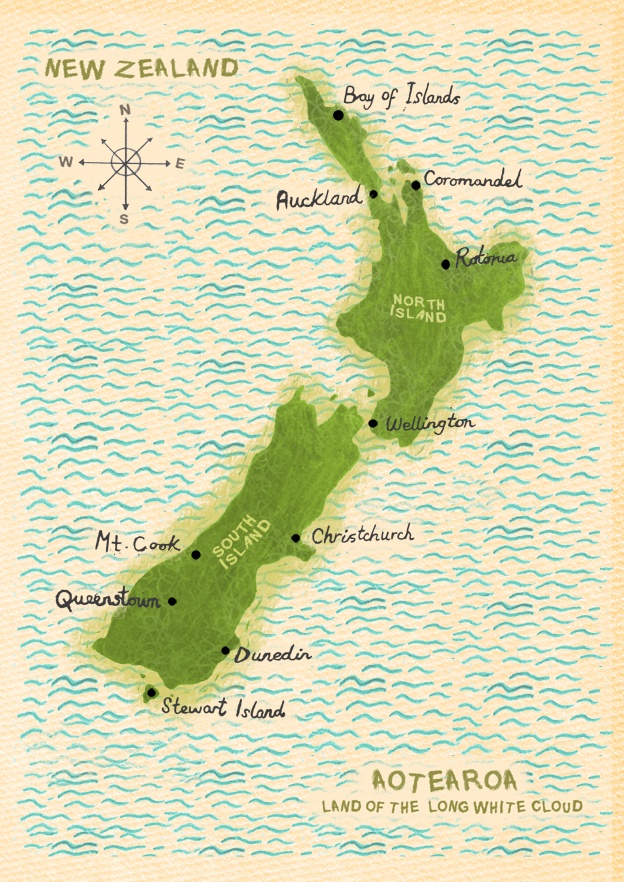
The First Importation to New Zealand
Auckland nurseryman Dick Endt and his wife Annemarie brought the first few plants of yacon from South America to New Zealand as a garden curiosity. There are still a few yacon plants in private gardens from that importation.
-
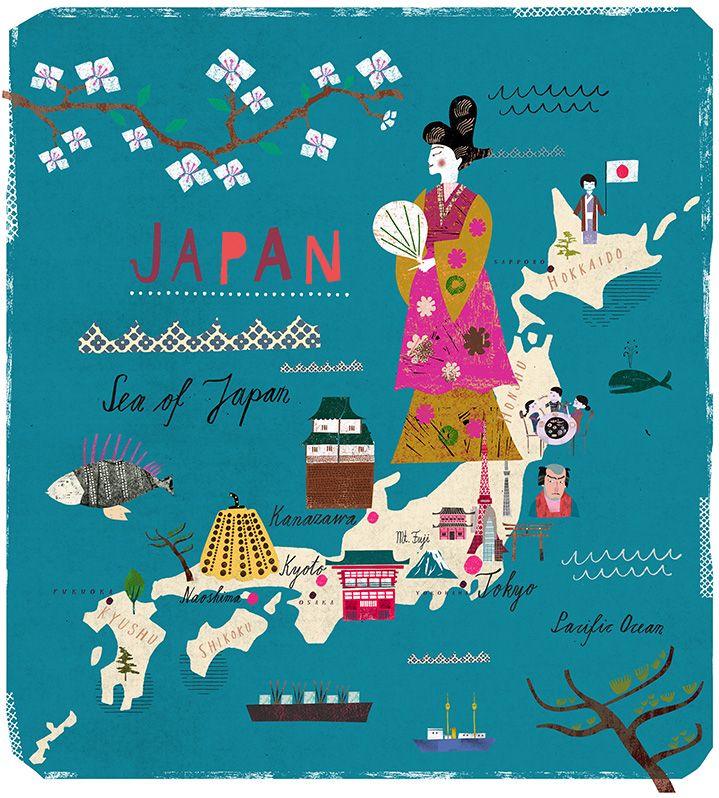
The Introduction to Japan
The successful cultivation of yacon fruit in New Zealand and the healthful qualities have attracted the attention from Japan. Yacon was then introduced to Japan, Korea and other Asian countries.
-
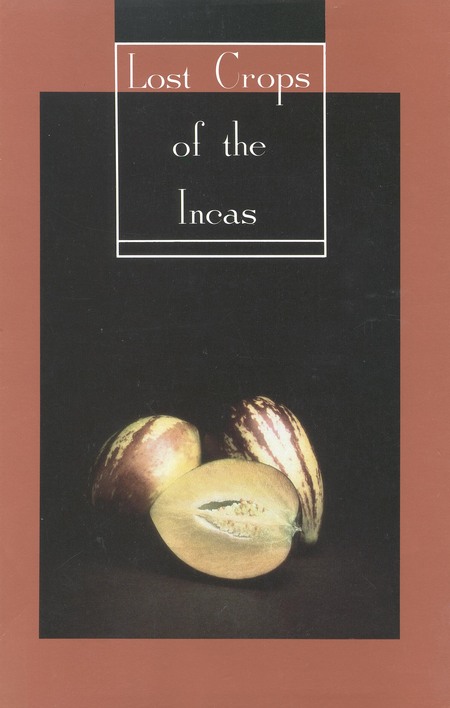
Recorded by National Research Council
Yacon was listed among other 33 crops in National Research Council’s 1989 publication Lost Crops of the Incas – Little-Known Plants of the Andes with Promise for Worldwide Cultivation for its overlooked advantage of high nutritional quality.
-
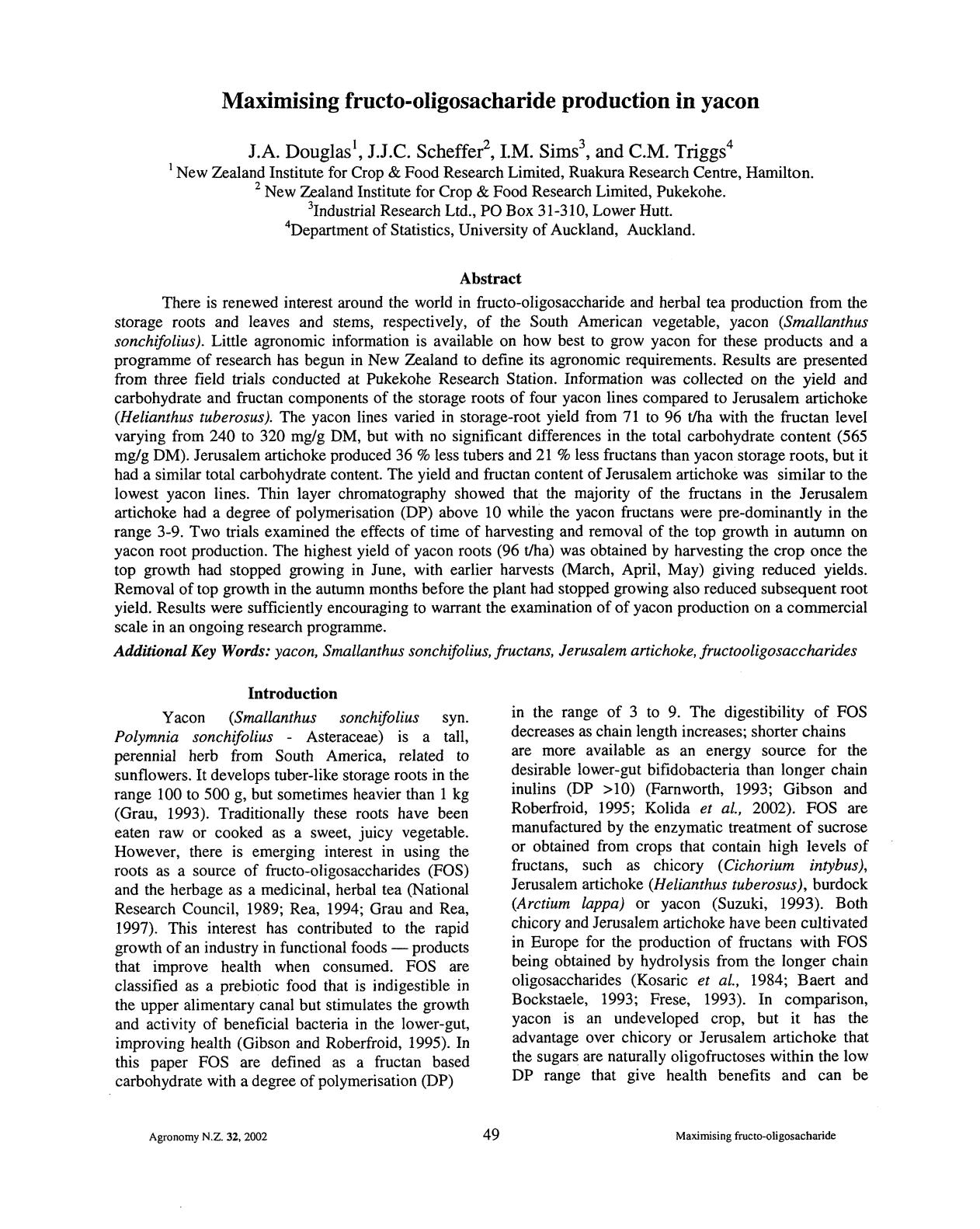
New Zealand Started to Investigate the Prebiotics in Yacon
New Zealand Government scientists Dr Robert Welch and Plant scientist Dr Jim Douglas with Crop & Food Research started looking into the natural prebiotic in Yacon. They published their study on how to maximise FOS production in Yacon in 2002.
-
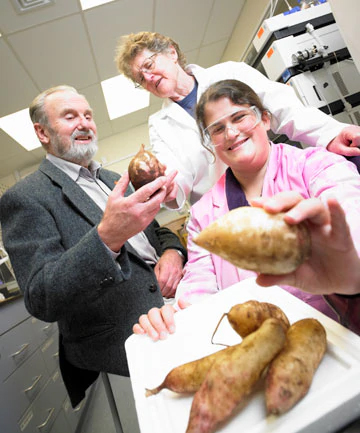
Cultivar New Zealand
With Dr Douglas’s help Dr Welch and his team spent ten years experimenting on the three yacon cultivars in ten districts all over New Zealand. They discovered the best yacon cultivar for New Zealand’s climate. At present New Zealand’s yacon cultivar contents the highest percentage of healthy fructooligosaccharides (FOS) in the world thanks to the scientists’ diligent work, New Zealand’s climate, fertile soil and the clean and pure environment.
-
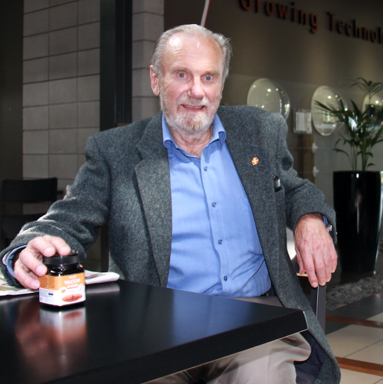
Yacon Syrup Extraction & FOS Retention Technology
The introduction of yacon fruit to New Zealand was a great success. But Dr Welch did not just stop there. His focus of studies transited to the extraction of yacon juice. In 2012, years of diligent work has paid off, his extraction technics can preserve the nutrients of yacon to the highest possible, the consistency of yacon syrup is now as high as 80%.
新西兰优越的种植环境
